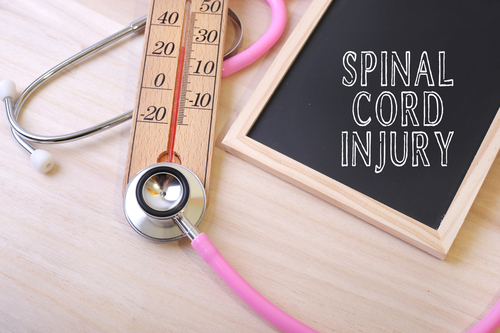US man with complete spinal cord injury regains motor function
IANS Oct 28, 2017
A US man with a complete spinal cord injury, who had lost motor function below the level of the injury, has regained the ability to move his legs voluntarily and stand six years after his injury.

This happened after doctors stimulated Andrew Meas' spinal cord using electrical signals. Meas was paralysed from the waist down after completely severing his spine in the crash, and had made no progress despite repeated sessions of regular physiotherapy.But his nerves were re-awakened when doctors used spinal cord epidural stimulation (scES) -- where electrical signals are delivered to the motor neurons in the spine by an implanted device. Over the course of 34.5 months, Meas was able to voluntarily extend his knees and his hip flexion improved.
In addition, using his upper body and minimal additional assistance to reach a standing position, he was able to remain in a standing position without assistance and even stand on one leg, without the use of epidural stimulation, the researchers said, in the paper detailed in the journal Science."The finding should open up new opportunities for recovery-based rehabilitation as an agent for recovery, not just learning how to function with compensatory strategies, even for those with the most severe injuries," said Susan Harkema, Professor at the University of Louisville in Kentucky, US.The stimulator is placed inside the body and is wired to the central pattern generator (CPG) -- a mini-brain within the spinal cord that is able to interpret sensory information and enables muscles' movements.
When the device is switched on, it sends commands such as "move my right leg" which then awakens nerve cells in the spinal cord and eventually, over time, allows new neural pathways to form to the brain.The epidural stimulation also allows the recovery of critical functions, including improved bladder and bowel control, sexual function and temperature regulation, reported the telegraph.co.uk.The development not only validates the promise of effective treatments for spinal cord injury, but further demonstrates the spinal cord's ability to recover after severe trauma, the researchers noted.
-
Exclusive Write-ups & Webinars by KOLs
-
Daily Quiz by specialty
-
Paid Market Research Surveys
-
Case discussions, News & Journals' summaries